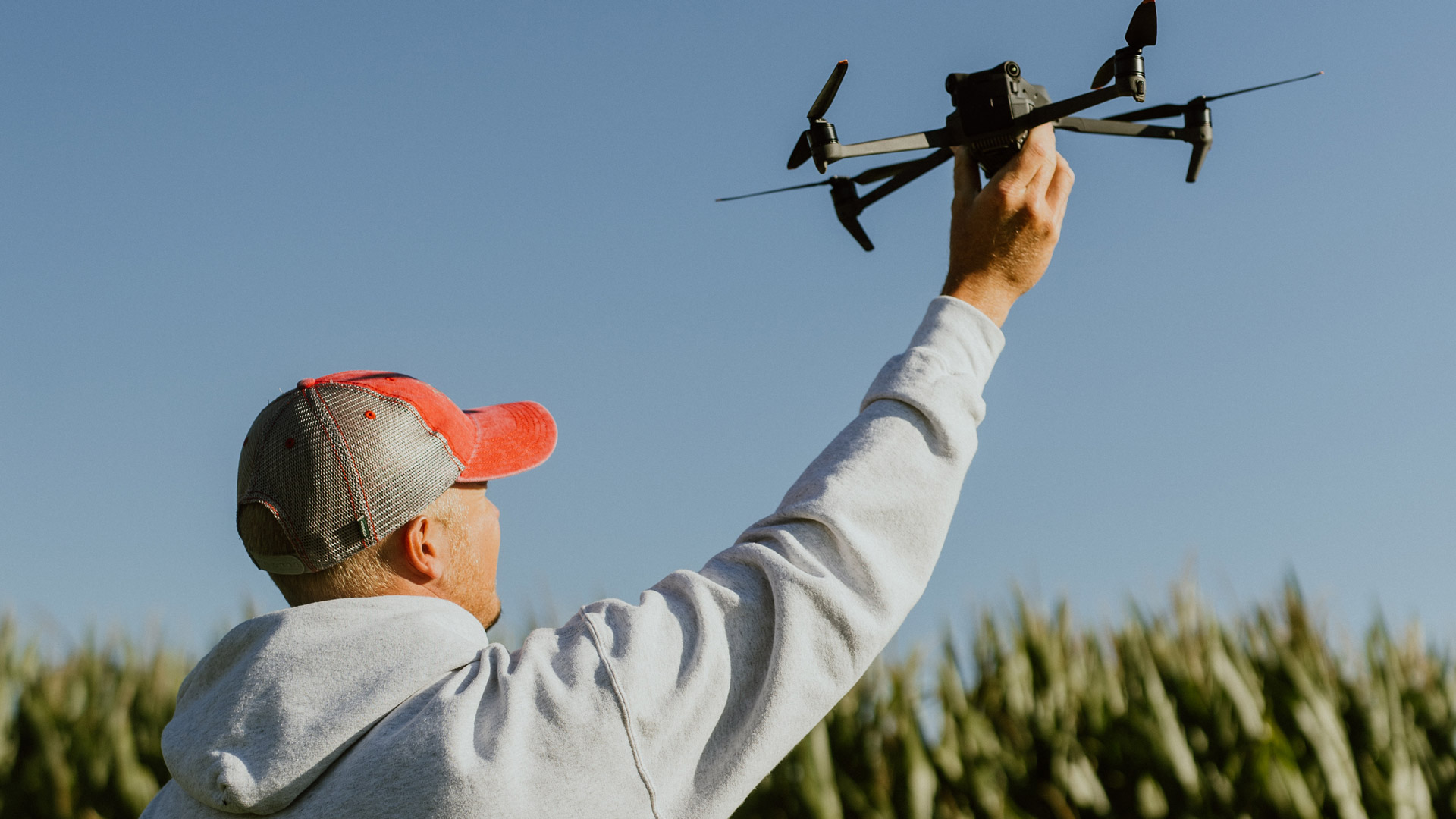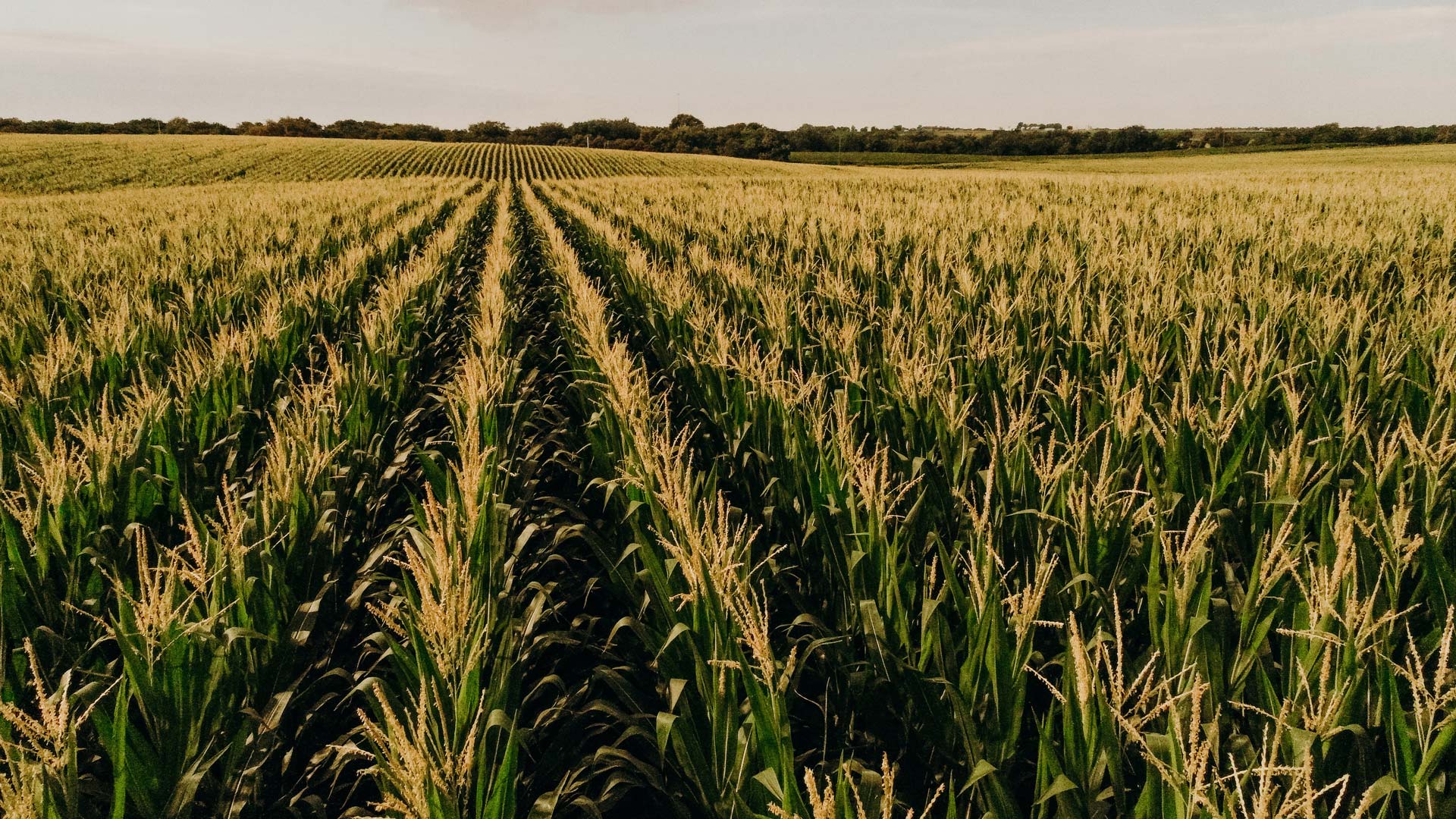Cultivating relationships is key to successfully marketing any product. In today’s economy, that often means going global.
The Nebraska Corn Board connects farmers with customers around the world through international trade missions. During these missions, farmers on the Board meet directly with current or potential corn buyers in other countries. Often, these agricultural trade missions are organized by industry groups and Nebraska Corn Board partners like the U.S. Grains & BioProducts Council and U.S. Meat Export Federation (USMEF).
Typically held 5-8 times annually and lasting about a week, agricultural trade missions include farmers, industry advocates, policy makers and representatives from ag-based companies. The locations of these missions vary by year and goal for the mission, but often include stops in major corn-buying nations in Southeast Asia such as Japan, South Korea or Taiwan. Other regular stops include Mexico and Columbia, both major corn importers. However, trade missions also include potential customers who may not purchase much corn. For example, in recent years Nebraska farmers participated in ag missions aimed at developing new markets for corn and corn byproducts in Indonesia and Kenya.
For corn farmers, trade missions offer the opportunity to strengthen relationships with these international buyers, educate consumers on important topics related to corn and forge partnerships with new buyers. Because of their ability to open new markets and solidify existing relationships, trade missions are an invaluable tool to increase the demand for corn—and the profitability for Nebraska’s corn farmers and ethanol producers.
What Types of Topics Do Trade Missions Cover?
What do farmers talk about during trade missions? It depends on the buyer, but the overall goal is to find out what a country’s needs are and how corn and corn-based products from Nebraska, and the U.S. can meet those needs.
Often, customers have questions specific to their country or situation. In Kenya, Nebraska corn farmers helped explain the safety and benefits of GMOs. Other trade missions cover a range of topics such as the size and quality of the current corn crop, corn quality reports, agriculture-related tariffs or the use of corn-based products like ethanol.
What Benefits Do Trade Missions Provide Nebraska Corn Farmers?
The goal of every trade mission involving the Nebraska Corn Board is to benefit Nebraska corn farmers. Even though much of Nebraska’s corn crop stays within the state to be fed to livestock or made into ethanol, global demand for U.S. corn exports drives prices. Because of this, increased demand around the world for corn and corn-based products raises profitability for Nebraska corn farmers.
Strengthening Relationships and Partnerships
Trade missions are sometimes held in exciting locations, but they’re all about business. The goal is to strengthen relationships, build new partnerships and increase market opportunities for corn, ethanol and other corn-based products, and the meat raised from livestock-fed corn as part of a nutritious diet.
In the case of a recent trade mission to Indonesia, farmers helped foster relationships in a country poised to become a major buyer of U.S. corn in the future. Other trade missions are an opportunity to help buyers troubleshoot problems encountered during the shipping process.
Educating Global Customers
In addition to building relationships and answering buyer questions, trade missions also give farmers an opportunity to share information about how corn is grown in Nebraska. After all, no one can tell their story better than they can! If the farmers are also ranchers or livestock producers, they can answer questions about how they raise the beef, pork or chicken that eat corn-based feed as part of their diet. This gives consumers a direct link to the producer of the corn, corn-based products and meat they import from the United States.
It also provides farmers the chance to share important cultural links with buyers overseas. For example, buyers in Southeast Asia are often interested in learning about the many multi-generational family farms in Nebraska. Farmers on trade missions are able to explain the vast majority of corn farming in Nebraska is done by families, and how it’s common for generations of the same family to farm the same land for decades. Often, they will even show photos of their families and farm. Some Nebraska families have farmed the same land for more than 150 years!
What Opportunities Come from Trade Missions?
In addition to educating customers, trade missions also are an important way to promote different corn uses or products. One recent example is the USGC’s successful effort in Mexico to showcase the benefits of feeding a form of high-protein dried distillers’ grains (HP-DDGS) to fish in that country’s aquaculture industry. Created during the ethanol-making process, HP-DDGS represents a nutritious and sustainable corn-based alternative to fish meal.
There are many other success stories from trade missions. Learn more about past trade missions by visiting the Nebraska Corn Board’s news section.




